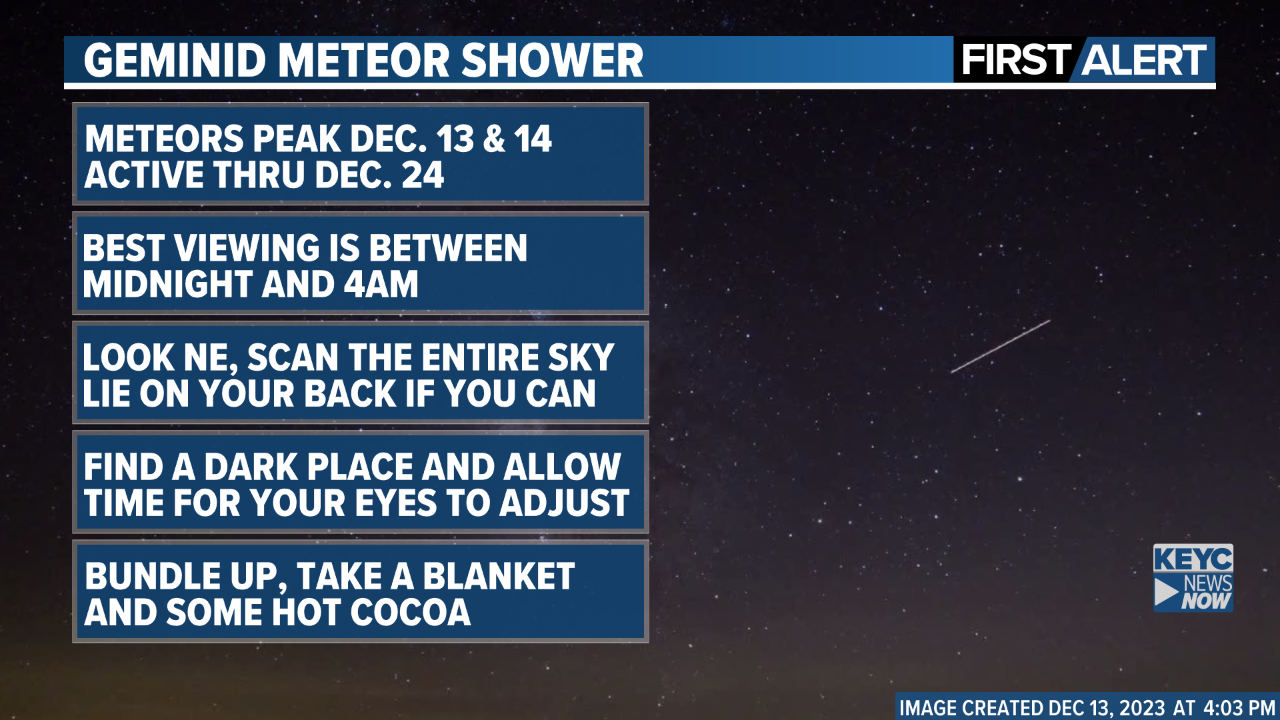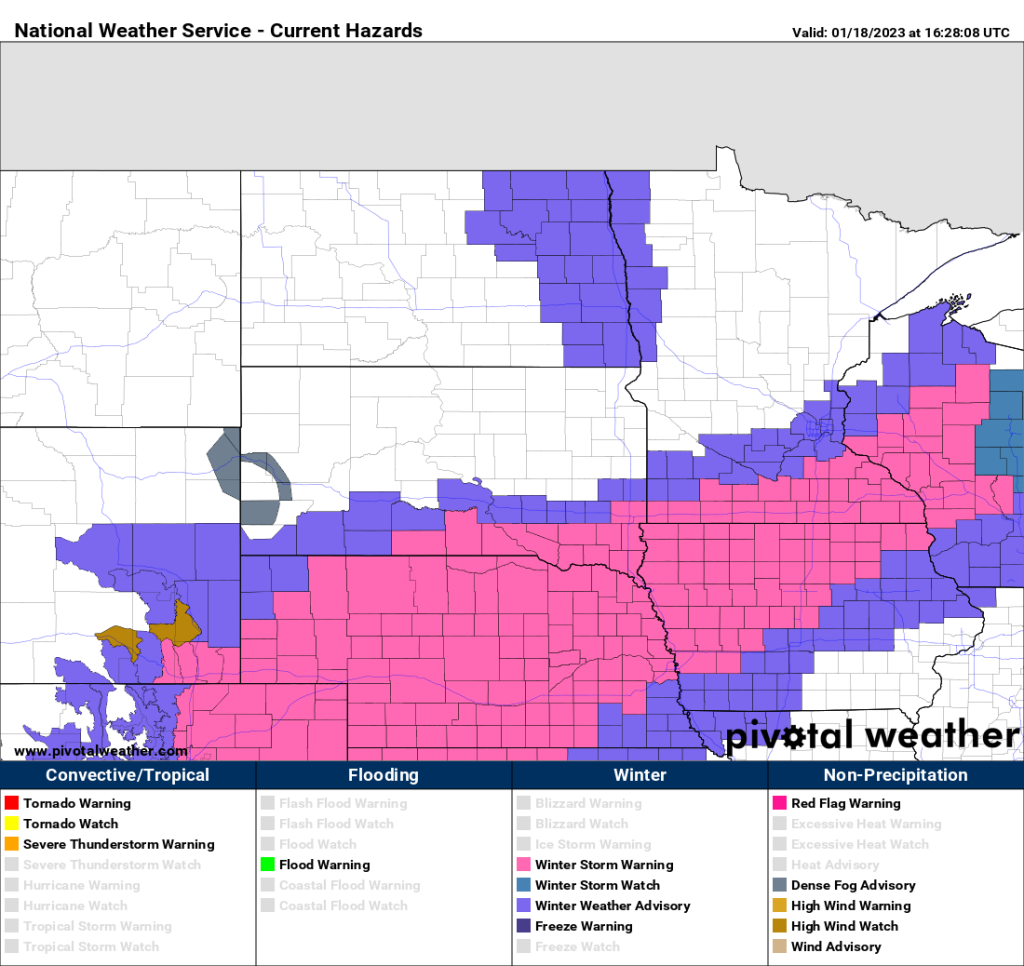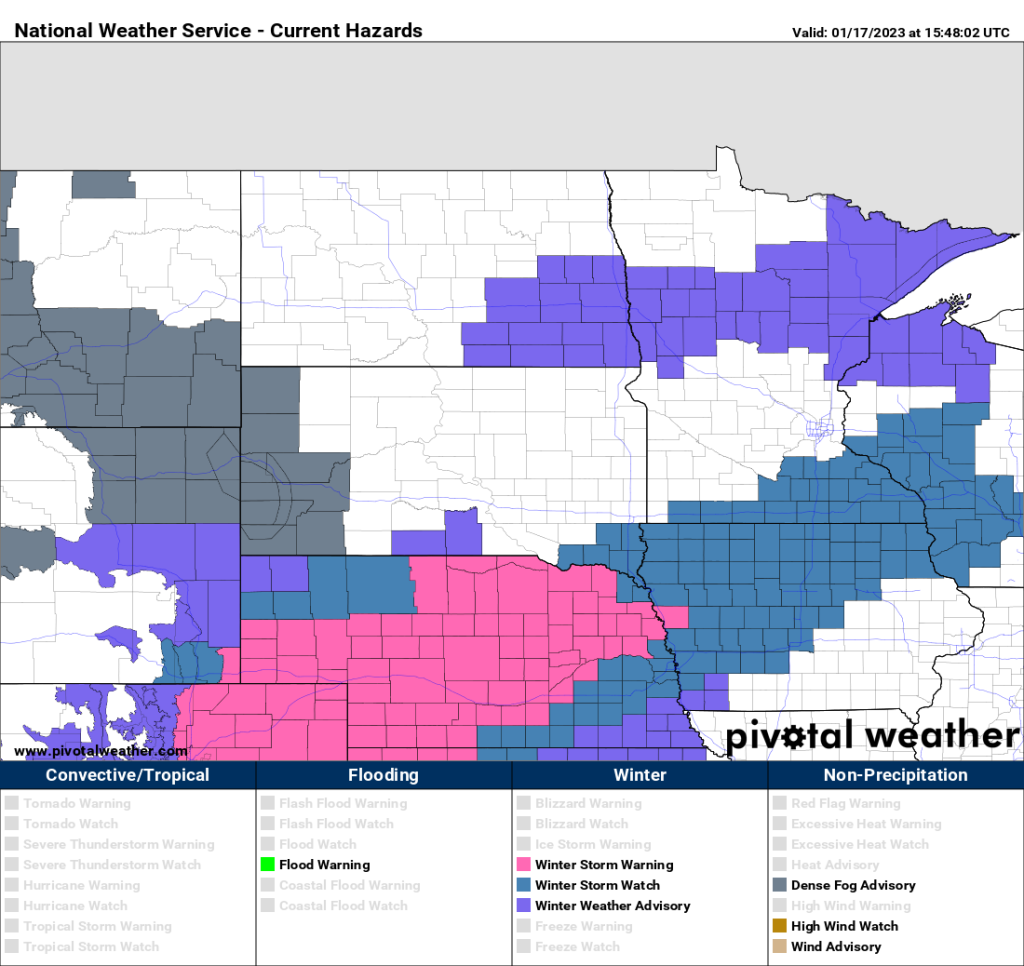Severe weather season is here, and with this being severe weather awareness week you are likely going to get blasted with lots of information regarding severe weather preparedness and safety. While every bit of that information is important, severe weather safety is really quite simple and comes down to this: Be prepared and know what to do and where to go when severe storms strike.
That’s it. If you do that, there’s a pretty darn good chance you’ll be fine. Even in the rare event that a tornado hits your place.
Now the part where I tell you how to be prepared. And the key here is to do the prep work now. When the sky is dark and the tornado siren is blaring, it is not the time to Google where to go when there’s a tornado. At that point it’s too late. This is what you need to do:
- Check the weather daily, especially in the morning. If severe weather is a possibility, check the weather more often throughout the day. Make sure your kids and family are aware that severe weather is possible. If there is a significant risk of severe weather, the Weather Team will declare a First Alert Weather Day. You can always get updates on our news and weather apps, our social media outlets, and at KEYC.com.
- Have a reliable way to receive alerts when warnings are issued and severe weather strikes. The KEYC First Alert Weather App is a great place to start. It will notify you when watches and warnings are issued. There will also be special updates and information from the Weather Team. Get a NOAA Weather Radio. A weather radio is loud and will wake you up when severe weather strikes at night. Most communities also have sirens, but it is important to remember that sirens are only intended for people who are outdoors. Heavy rain or hail on the roof of a house can easily drown out the sound of a siren. Don’t rely on sirens alone.
- Know where to go and what to do when warnings are issued and severe weather strikes. When a storm hits, sometimes you have just minutes or even seconds to act. Knowing where to go and what to do will save your life. If you live in a home with a basement, go to the basement and get under something heavy, like the staircase or a workbench. If you live in a mobile home, you have to get out and go to a shelter. I know it’s a pain, but it’s something you have to do. And you need to know where that shelter is in advance. I have more on finding your shelter below. Figure it out now. That’s what this week is for.
- If you have kids, make sure they know where to go and what to do, especially if they are home alone after school. Practice with them. I know the thought of severe storms and tornadoes can be scary for kids, but you just have to reassure them that if they know where to go and what to do and can act quickly, they’ll be okay. Put a flashlight somewhere handy that they can grab on the way to the basement because sometimes it can be dark and scary down there.
- Pets. Every time I talk about weather safety at schools, the biggest question I get is what to do with pets. It’s a valid one, too. My suggestion is that if there is a significant risk of severe weather, get your pet to your safe place early and keep them there until the storm threat has passed. It’s not ideal to keep them locked in the basement, but it’s better than trying to dig them out from under the bed while the storm is moving in.
There you have it. A pretty simple concept when it comes down to it. Just be prepared.
I do want to expand a little more on the topic of shelters. If you live in a home with a basement, it’s pretty simple. Go to the basement, go under the stairs, or under something heavy. If you live in a home without a basement, go to the lowest level, to an interior room away from windows. If you live in a mobile home, it’s not as clear cut and requires a lot more planning. I know it’s not convenient, but if a tornado or even a severe thunderstorm with 60 to 70+ mph wind gusts is approaching, you gotta get out of the mobile home and go to your nearest shelter. Take time now to find where that shelter is. Some mobile home parks have a shelter. If you don’t have a shelter, find a nearby friend, loved one, or relative with a basement or a nearby public building or church that can serve as a shelter. I know this requires more planning now and will require more planning and likely more action on days when severe weather is a possibility, but do the work. Don’t wait until severe weather is knocking on your door because at that point it could be too late.
There are other things you can do to prepare, including putting together an emergency survival kit, having extra pairs of shoes in your shelter just in case, etc. For more information and other things you can do to prepare, check out the links below. The National Weather Service and FEMA both have detailed information and guides that you can use to get yourself and your family prepared for severe weather.



